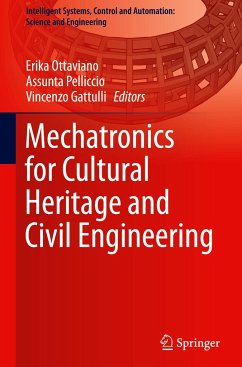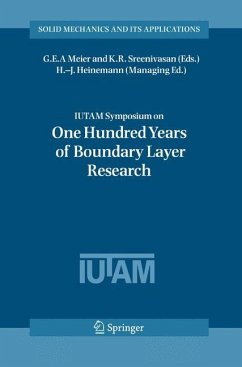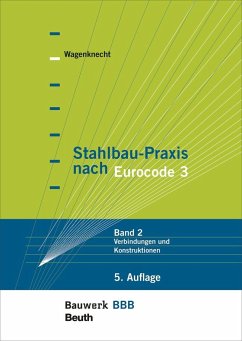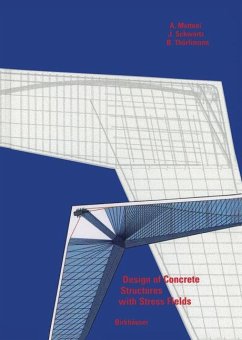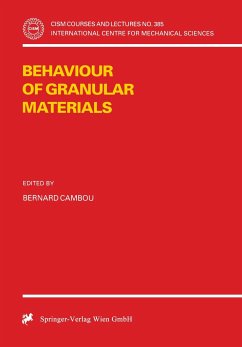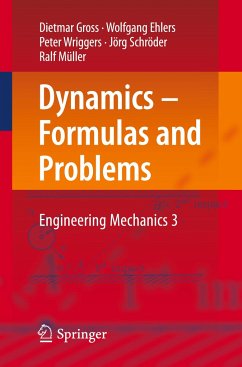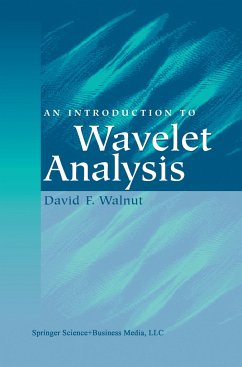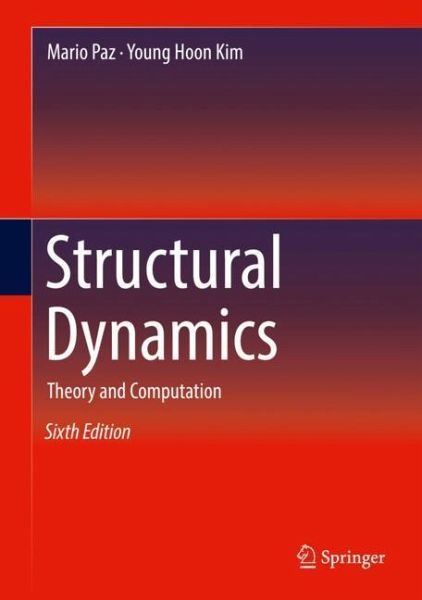
Structural Dynamics
Theory and Computation
Versandkostenfrei!
Versandfertig in 6-10 Tagen
85,99 €
inkl. MwSt.
Weitere Ausgaben:

PAYBACK Punkte
43 °P sammeln!
The sixth edition of Structural Dynamics: Theory and Computation is the complete and comprehensive text in the field. It presents modern methods of analysis and techniques adaptable to computer programming clearly and easily. The book is ideal as a text for advanced undergraduates or graduate students taking a first course in structural dynamics. It is arranged in such a way that it can be used for a one- or two-semester course, or span the undergraduate and graduate levels. In addition, this text will serve the practicing engineer as a primary reference.The text differs from the standard appr...
The sixth edition of Structural Dynamics: Theory and Computation is the complete and comprehensive text in the field. It presents modern methods of analysis and techniques adaptable to computer programming clearly and easily. The book is ideal as a text for advanced undergraduates or graduate students taking a first course in structural dynamics. It is arranged in such a way that it can be used for a one- or two-semester course, or span the undergraduate and graduate levels. In addition, this text will serve the practicing engineer as a primary reference.
The text differs from the standard approach of other presentations in which topics are ordered by their mathematical complexity. This text is organized by the type of structural modeling. The author simplifies the subject by presenting a single degree-of-freedom system in the first chapters, then moves to systems with many degrees-of-freedom in the following chapters. Finally, the text moves to applications of the first chapters and special topics in structural dynamics.
This revised textbook intends to provide enhanced learning materials for students to learn structural dynamics, ranging from basics to advanced topics, including their application. When a line-by-line programming language is included with solved problems, students can learn course materials easily and visualize the solved problems using a program. Among several programming languages, MATLAB® has been adopted by many academic institutions across several disciplines. Many educators and students in the U.S. and many international institutions can readily access MATLAB®, which has an appropriate programming language to solve and simulate problems in the textbook. It effectively allows matrix manipulations and plotting of data. Therefore, multi-degree-of freedom problems can be solved in conjunction with the finite element method using MATLAB®.
The revised version will include:
· solved 34 examples in Chapters 1 through 22 along with MALAB codes.
· basics of earthquake design with current design codes (ASCE 7-16 and IBC 2018).
· additional figures obtained from MATLAB codes to illustrate time-variant structural behavior and dynamic characteristics (e.g., time versus displacement and spectral chart).
This text is essential for civil engineering students. Professional civil engineers will find it an ideal reference.
The text differs from the standard approach of other presentations in which topics are ordered by their mathematical complexity. This text is organized by the type of structural modeling. The author simplifies the subject by presenting a single degree-of-freedom system in the first chapters, then moves to systems with many degrees-of-freedom in the following chapters. Finally, the text moves to applications of the first chapters and special topics in structural dynamics.
This revised textbook intends to provide enhanced learning materials for students to learn structural dynamics, ranging from basics to advanced topics, including their application. When a line-by-line programming language is included with solved problems, students can learn course materials easily and visualize the solved problems using a program. Among several programming languages, MATLAB® has been adopted by many academic institutions across several disciplines. Many educators and students in the U.S. and many international institutions can readily access MATLAB®, which has an appropriate programming language to solve and simulate problems in the textbook. It effectively allows matrix manipulations and plotting of data. Therefore, multi-degree-of freedom problems can be solved in conjunction with the finite element method using MATLAB®.
The revised version will include:
· solved 34 examples in Chapters 1 through 22 along with MALAB codes.
· basics of earthquake design with current design codes (ASCE 7-16 and IBC 2018).
· additional figures obtained from MATLAB codes to illustrate time-variant structural behavior and dynamic characteristics (e.g., time versus displacement and spectral chart).
This text is essential for civil engineering students. Professional civil engineers will find it an ideal reference.






